SERMONS
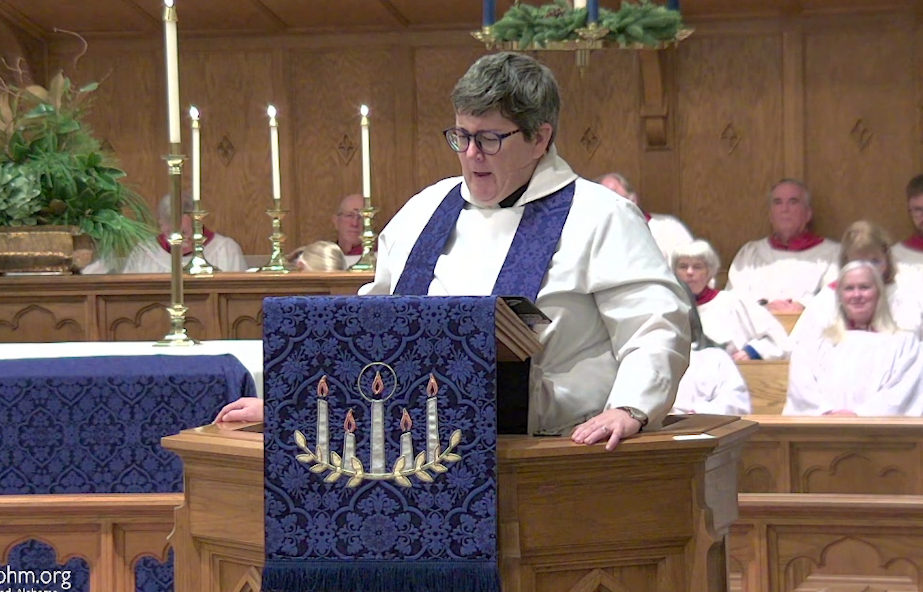
"Knowing What Time It Is" Sermon by The Rev. Kelley Hudlow Nov. 30, 2025 This sermon invites us to pause at the start of Advent and pay attention to the kind of time we’re living in. While our days are packed with schedules and smart devices telling us where to be, Advent calls us to something deeper, God’s time, where creation, Christ, and our own lives all fit into a much bigger story. We’re reminded that we don’t need every answer or plan in place; instead, we’re invited to stay awake, stay ready, and live as though God’s light is already breaking in. In this season, our calling is simple and steady: prepare our hearts, care for others, and step into the hope that is already drawing near.
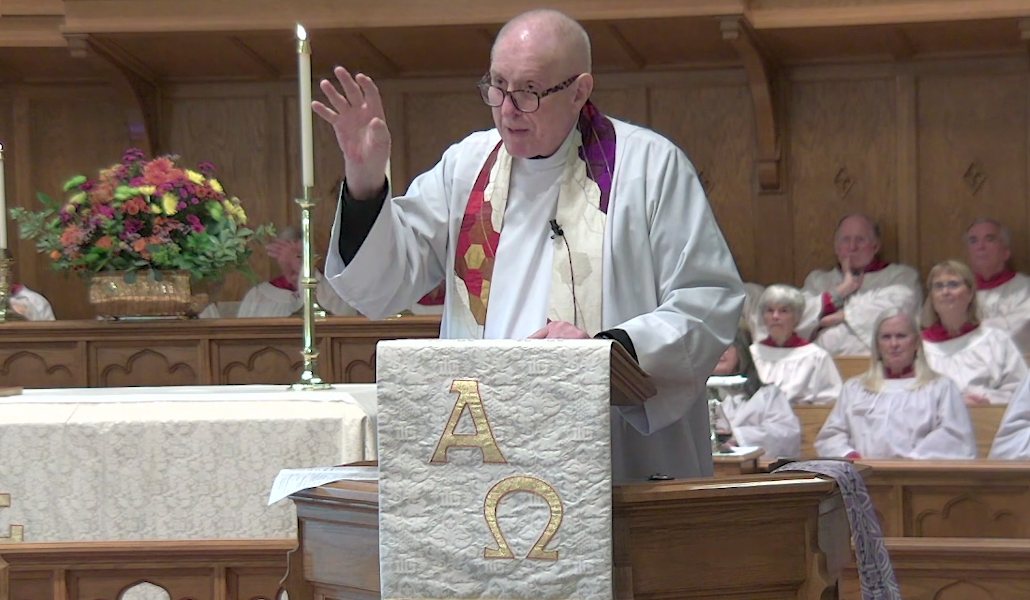
"Love is Our Map and Our Power" Sermon by The Rev. Ed Bacon Nov. 23, 2025 This week’s message invites us to rest in a simple but profound truth: love is the force that holds everything together. Through a personal story of chaos giving way to peace, we see how one quiet prayer can reorder a life from the inside out. As we turn toward a new liturgical year, we’re reminded that Christ’s love is not just an idea, but the living center that shapes how we see ourselves, how we see others, and how we move through the world.
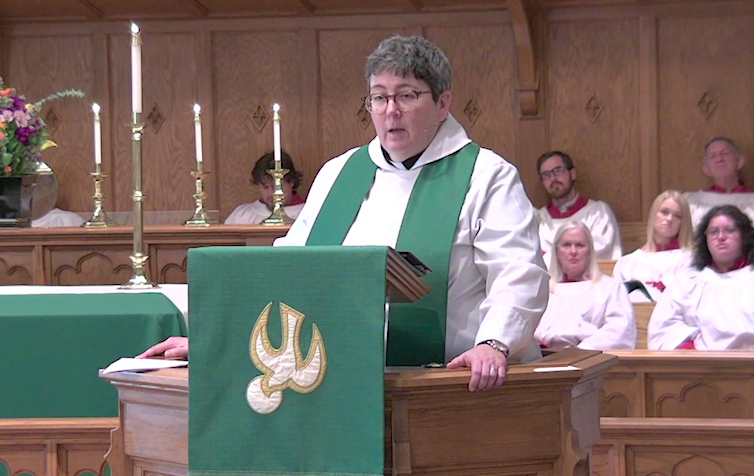
"Nerdy Christian Hope" Sermon by The Rev. Kelley Hudlow Nov. 16, 2025 This sermon reflects on how Scripture invites us to read, learn, and truly take in God’s word so we can understand the world around us. It connects the themes of speculative fiction, especially Afrofuturism, with Jesus’ teachings about imagining a future shaped by God rather than fear. The preacher explains how both dystopian warnings and utopian visions can wake us up and guide us toward a better tomorrow. In the end, we are reminded that God calls each of us to trust, testify, and help build a world where everyone has enough.
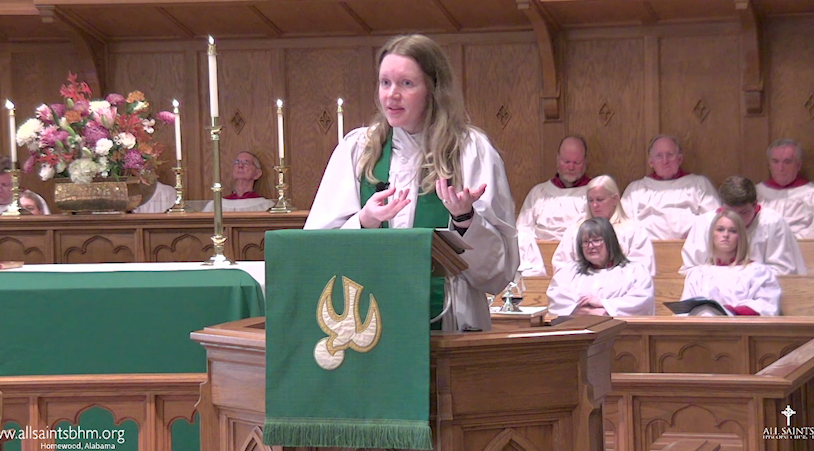
"What We Hold Tight" Sermon by The Rev. Ranie Neislar Nov. 9, 2025 I love tradition, the comfort of doing what has been passed down through generations. I remember our yearly trip to Jack’s Tree Farm and how hard it was when my parents suggested a change. Like the Sadducees, I sometimes hold too tightly to the form instead of the heart of it. Jesus reminds me that love is the core, not the ritual. When I let go and follow God’s creative spirit, I see that tradition can evolve and still hold the same love and meaning at its center.
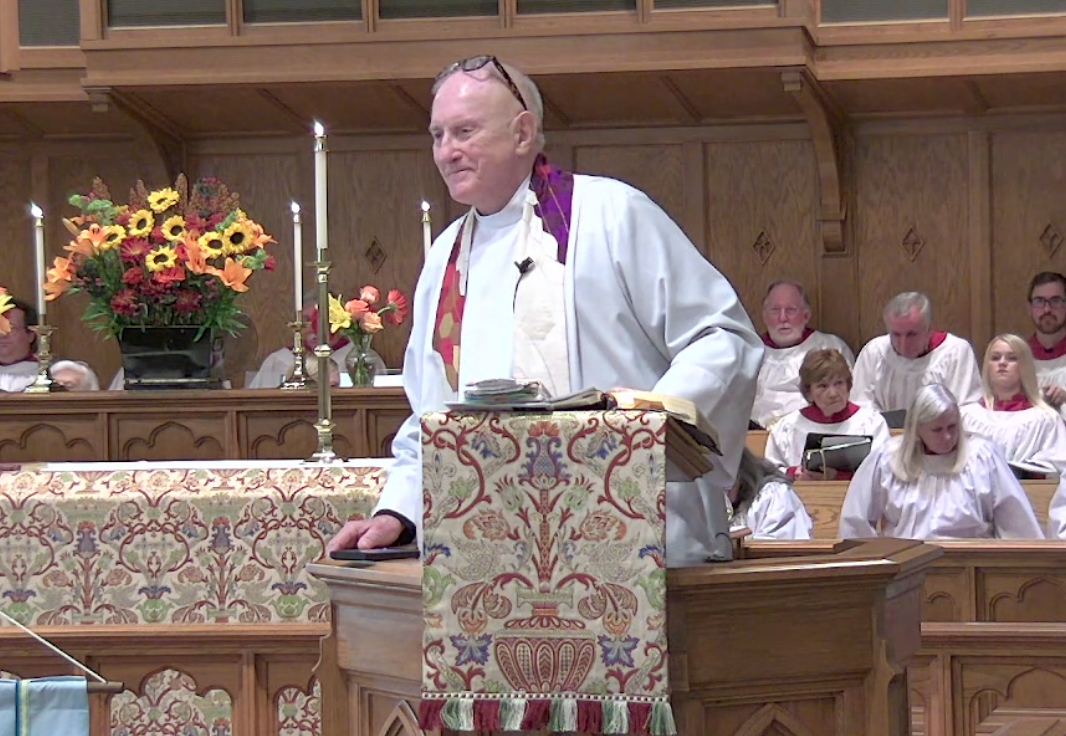
"I Am Because We Are" Sermon by The Rev. Ed Bacon Nov. 2, 2025 It is All Saints Sunday, a time to remember those who live on in our hearts—parents, friends, teachers, and saints like Desmond Tutu and Martin Luther King Jr. We are surrounded by a great cloud of witnesses who remind us that “I am because we are,” bound together in the interrelated structure of reality where no one stands alone. Life is changed, not ended, and the energy of those who came before still lives within us. As three children are baptized into this communion of grace and love, we celebrate that the saints past, present, and future are one.
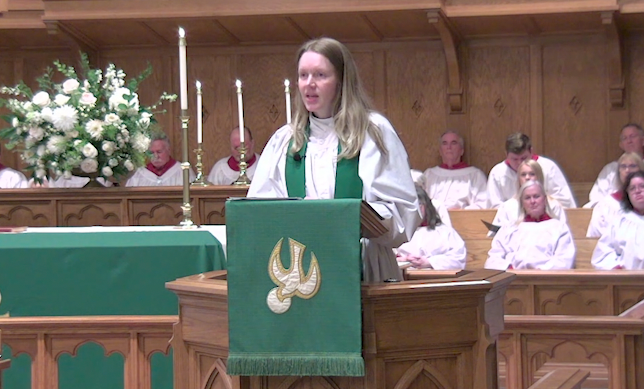
"Invitation to Pilgrimage" Sermon by The Rev. Ranie Neislar October 26, 2025 I'm about to tell you a story; I am a child of God, a wife and a mother and a priest in God's church, and I seek to soothe my own inadequacies by looking down on others; it's part of who I am a sinner." "Instead of sinners and sin, let us be pilgrims navigating our search for a rich spiritual experience, because God celebrates pilgrims, and humility is the road map for our adventures as pilgrims." "In humility, let us wonder at our own shortcomings with grace, make a gentle space within yourself to wonder, and we will watch our community become God's dream.
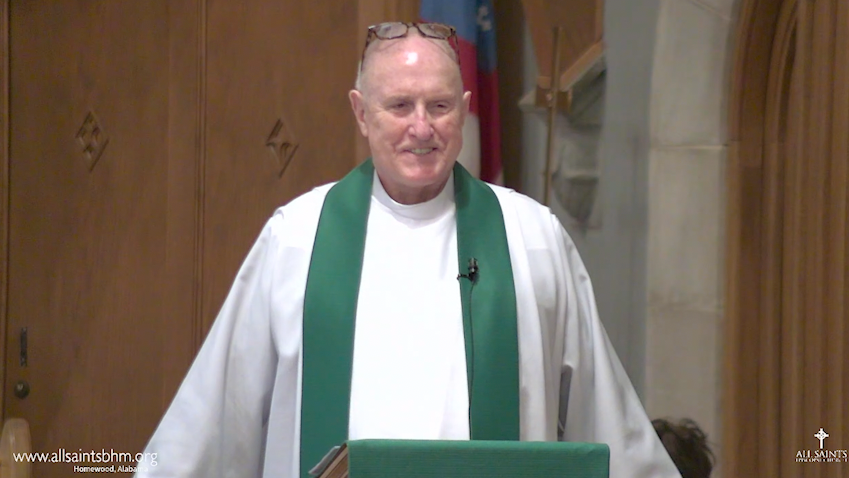
"God's Ways Are Inside You" Sermon by The Rev. Ed Bacon October 19, 2025 Christianity is not fear based. It’s about grace and inclusion and justice and nonviolence. God is putting God’s covenant, God’s way of doing things inside everybody. The kingdom of God is within you, when everything is arranged according to love. Inside each of us there is a light no sin, evil, or trauma can touch. The light in me recognizes the light in you. There’s something in everybody that waits and listens for the sound of the genuine. When we hear the sound of the genuine in ourselves and in each other, the wall that separates disappears, and we become one.
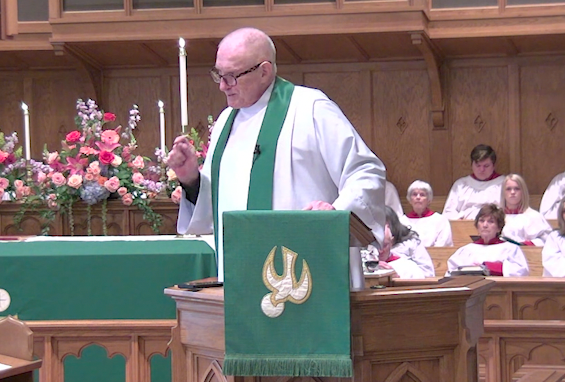
"Gratitude That Makes Us Whole" Sermon by The Rev. Ed Bacon October 12, 2025 Luke tells of ten persons with leprosy who cried out, “Master, have mercy on us.” As they went to show themselves to the priests, they were cleansed, but one—a Samaritan, a foreigner—returned with glory and gratitude, falling at Jesus’ feet to give thanks. Jesus said, “Your faith has made you well.” Gratitude, he explained, transforms the brain, brings peace, reduces anxiety, and creates joy. Jeremiah urged the people to make their city better, and so gratitude not only heals us but helps those around us. Meister Eckhart said, “If the only prayer you ever say is thank you, it will be enough.” Gratitude changes consciousness, giving life a new wholeness and peace.
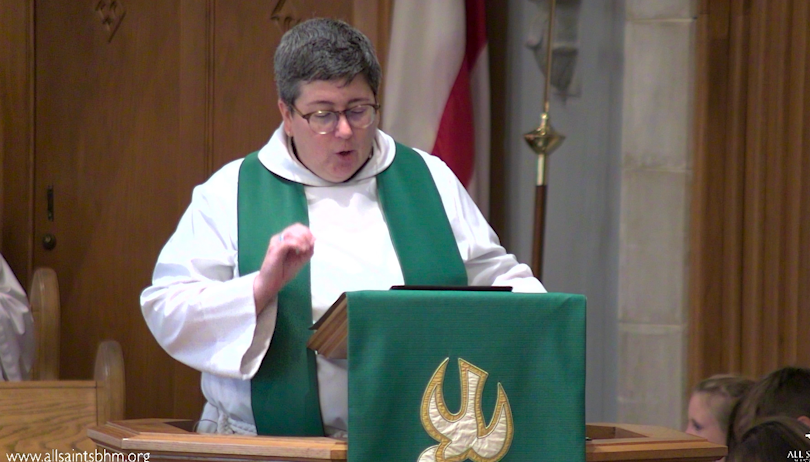
"Mustard Seeds and Miracles" Sermon by The Rev. Kelley Hudlow October 5, 2025 The apostles ask Jesus to increase their faith, but Jesus reminds them that even faith as small as a mustard seed can do impossible things. True faith, he says, isn’t about quantity but quality—trusting God and hoping for what we can’t yet see. Like Saint Francis, who saw peace amid war and beauty in all creation, we’re called to live with that same hopeful faith. Stewardship, too, grows from this trust—giving our first fruits not out of fear or leftovers, but as an act of faith and hope that God can transform even our smallest offerings into something great.
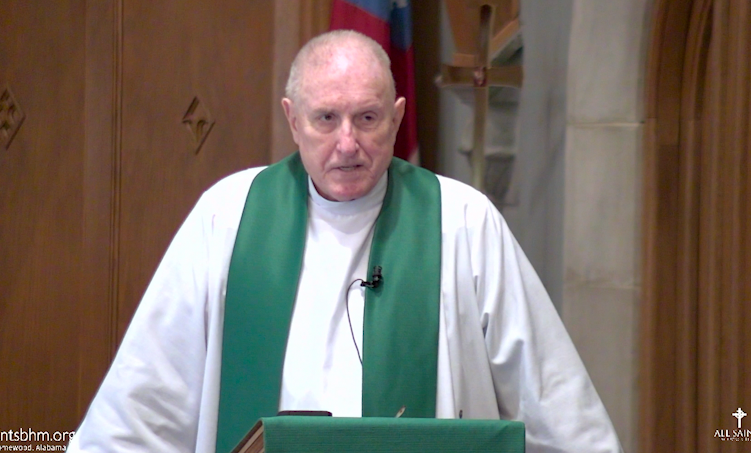
"Investing In Hope" Sermon by The Rev. Ed Bacon September 28, 2025 Every year I look at my revenue and pledge 10% to the church, and I ask you to decide what percentage you will give to hope in this place. Hope and neighborliness run through scripture, showing that everyone is your neighbor, not separate, like the quaking aspen—one root, one organism, all one. Jeremiah buying land in prison was an act of investing in hope, trusting God’s promises. Neighborliness means loving your neighbor because they are yourself, and hope means believing God is making all things new. In our world, our nation, and our faith, the call is to reject the myth of the separate self and invest in hope—through giving, through community, and through re-visioning a healthy Christianity.
